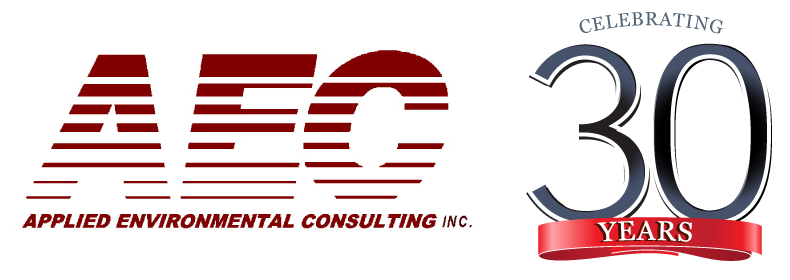Florida Institute of Phosphate Research
AEC conducted a multi-year research project to determine external and internal radiation doses to workers in the Florida phosphate industry due to Technologically-Enhanced Naturally-Occurring Radioactive Materials (TENORM). The study included a comparison of external dosimetry methods using pressurized ion chambers, scintillation survey meters, optically stimulated luminescent dosimeters, and lithium fluoride TLDs. Inhalation doses were estimated using air samplers in working zones and published dose conversion factors. Total effective dose equivalents were calculated using measured parameters and uncertainty analysis methods including Monte Carlo techniques to generate dose distributions. A formal document was published and is available under the Florida Institute of Phosphate Research – publication number 05-046-155.
In addition, AEC performed a study to provide information as to the characterization of objects contaminated with TENORM within the industry. Technical enhancement is the separation of the principal radionuclides, namely uranium and radium-226, with the resultant material not in equilibrium. TENORM is currently not officially defined by most of the regulatory agencies nor are compliance criteria established. Seven facilities participated in the study that lasted twelve months. Current practices at each site were reviewed with results being anonymous. Each site maintained a “lay-down” area where items were collected, segregated and surveyed prior to determining the disposition. Samples were taken from debris, metals, and other items destined for landfills, salvers and phosphogypsum stacks. Collective sample analyses indicated the enhancement being 72% favoring uranium and 25% favoring radium. Thirty-five percent of the uranium samples had activity 10 times greater than the radium activity. Over 50% of the discarded items went to salvers, of which 66% had background radiation levels. One hundred tons of debris destined for off-site disposition consisted of approximately 4.5 millicuries of uranium and 8 millicuries of radium. One hundred thirty-six total samples were taken with detailed descriptions delineating identification, radiation levels, estimated mass and whether having fixed or removable contamination. A formal document was published and is available under the Florida Institute of Phosphate Research – publication number 05-059-191.
AEC’s founder developed a 40-hour radiation protection training program for the Florida Institute of Phosphate Research to use in conjunction with their partner, the International Atomic Energy Agency (IAEA). The IAEA is offering this training program to their clients in the world-wide phosphate production arena and associated disciplines.




